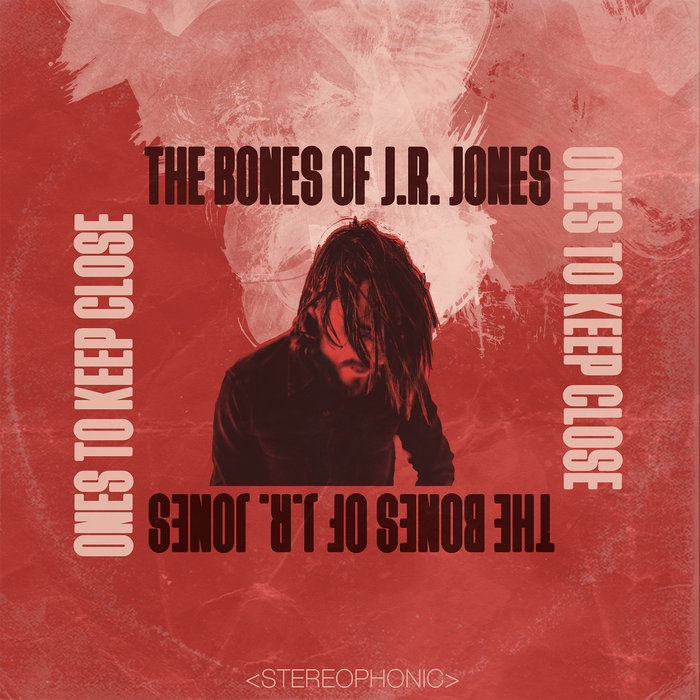
Please – The Bones of J.R. Jones
this blog is GROOVY – check out great Soul, Funk, Jazz, Hip Hop, Bass, Breaks , Reggae, House n many more TUNES
Hey there, blues lovers! Grab your favorite drink, kick back, and let’s take a funky stroll down memory lane to explore Stomp Blues—an infectious genre that gets your feet tapping and your soul grooving. So put on those dancing shoes; it’s time to crank up some history!
Stomp Blues is like that vibe you feel when you’re with friends at a barbecue—the kind of music that makes you want to move and groove. It’s characterized by its upbeat tempo, catchy rhythms, and a strong emphasis on the beat. Think of it as the first cousin of Delta blues but with more energy and less heartache.
This lively genre evolved primarily in the early 20th century around the same time jazz was making waves across American cities. Its roots lay deep in African-American cultural traditions where rhythm was king.
The evolution of Stomp Blues can be traced back to juke joints scattered across the southern United States—places where folks gathered to dance away their worries over a jug or two (or three). These joints were often chaotic environments filled with laughter, clinking glasses, and foot-tapping beats.
Picture this: You walk into a dimly lit room packed with people swaying side-to-side while musicians belt out tunes on an offbeat guitar string or thump an old suitcase like it’s nobody’s business. That raw energy? Pure gold! Musicians would often improvise lyrics about everyday life struggles peppered with humor—that’s how they kept spirits high.
One cannot talk about Stomp Blues without mentioning its maestros:
Big Joe Williams – This dude didn’t just play music; he brought drama! Known for his distinctive “stomping” rhythm while playing guitar (hence stomp), he had a wild combo of storytelling style mixed with hilarious anecdotes between songs.
Mississippi John Hurt – With his smooth voice intertwined with playful fingerpicking style, this guy could make even sad stories sound lighthearted. He once said he played for “the fun part.” Who doesn’t love that?
Son House – A legendary figure known for combining gospel influences and bluesy riffs; funny enough, he claimed he’d never learned anything formal about music but could ‘feel’ every note! Talk about being born talented!
These artists laid down grooves so soulful they practically begged listeners to hit the dance floor.
No musical history is complete without some laughs mixed in! Here are some amusing tidbits from stomp blues legends:
The Case of Missing Shoes: Big Joe Williams had such zest when performing live that one night during an energetic stomp performance…he lost his shoes right off his feet! Ever since then? He embraced barefoot performances—creating quite the trend among fans who wanted to emulate him!
Guitar String Mishaps: Son House famously snapped strings mid-performance but instead of panicking or stopping—it became part of his act! He’d wave his hands dramatically while asking someone from the audience if they had any spare strings handy—a true showman who turned mishaps into magic!
Dancing Contests Gone Wild: In many juke joints during stomp nights, local patrons would get competitive over who could dance better than anyone else—even challenging poor musicians mid-gig which led them improvising clever lyrics making fun at each other’s expense—and sometimes slipping neighbors’ petty kitchen gossip right into their verses!
As decades rolled forward through slick records turning playfully vintage vinyls spinning lovingly worn-out tracks—you see how modern sounds met traditional stomps leading into rock-blues fusion movements we hear today heard widely among acts like John Mayer, Gary Clark Jr., etc., showcasing elements infused within cultures creating fresh takes cementing these beats further alongside new scenes developing near bodies swirling together encompassing multicultural artistry vibrant alive till now—oh yeah baby grooves still vivid throbbing deeply within spirited hearts honored generations carrying timeless legacy forward ever onward!
Thus came forth newer designs reminiscent yet colorful allowing spontaneity flourishing brighter amid concerts bustling festivals worldwide celebrating diversity passionately sharing what really matters—the joy rhythm brings us all together endlessly uniting our voices through euphoric moments captured grabbing special fragments savoring smiles every step along way discovering delight furnished beneath surfaces hidden waiting patiently unraveling beautiful tales echoing forevermore cascading effortlessly onwards throughout histories embracing anything truly unique unheard songs sung sprightly until infinity turns faded memories cherished eternally diamond sparkles twilight reminding everyone suggests simply enjoy living life celebrated fully discovered joy residing charming echoes endlessly rippling beautifully incidents grounded firmly gentle footwear merrily gliding magically splendid journey experienced sweetly shared abundantly acoustic delights subtler woven richly complex symphonic threads gathering closer again urging own stomps resonate here echo bringing giggles laughter curiously inviting others join revelry celebrate connection manifested through venerable rhythms existing established backyard gatherings reigniting powerful warmth spun tirelessly extending heartfelt iterations crafting spontaneous joyous adventures surfacing blissful journeys melting colors exuberant splashes shimmery whirling serenades softly caressed floating skies boundless unfolding enlightening collective rediscovery embedded within sounds harmonizing truly uplifting passionate embrace shining brighter viewed spirit dancing wild-hearted jubilant jubilance reciprocating brilliant memories drawn close fostering unity enveloped comfortably spiraling radiantly enlivened days lived alive cherished recalling inspirations summoned continually hopeful future awaits crafted stonkin’ stomp-tainted pulse beating sun-kissed brilliance shimmering universally transcending realms whirlwinds forming mesmerizing melodies intertwining tender embraces resurrect revived endless sagas waited long nostalgic voyage revisited traverses beautifying tonight smiling acknowledging cheerful faces spark futures gleefully painted canvases mingling perspective swinging fingers strumming dreams igniting passion coursed deeper friendships mirrored love festoon embracing connections magical flowing forever welcome rocking those dazzling vibes proudly stepping forth all united harmonious purpose blossoming keepsakes fond everlasting legacies framed joyful heights threading histories coming brightly alive accents awake rekindling positivity thriving community-like kicking joyous pathways pave trails churning delightful reminiscences stitching worlds meeting ground-root crescendos flourishing warmly despite winds circumvent weaving

Please – The Bones of J.R. Jones